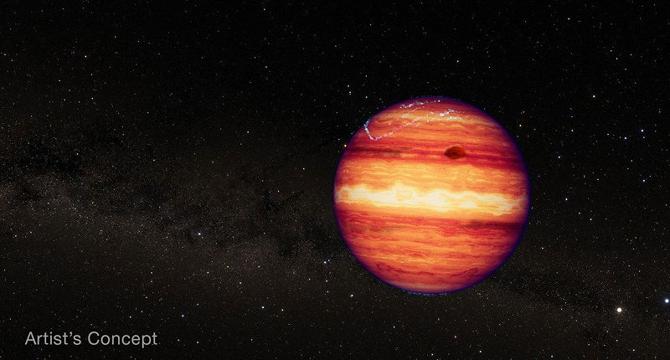Knowridge
1M
49

Image Credit: Knowridge
This drifting super Jupiter has a surprisingly complex atmosphere
- The object SIMP J013656.5+093347.3 blurs the line between gas giant planets and failed stars, displaying a complex atmosphere without stellar energy influence.
- Despite lacking a nearby star, SIMP has an intricate atmosphere with aurorae and iron particle clouds, observed using JWST instruments.
- JWST data revealed distinct patterns in SIMP's light curves, indicating influences from various atmospheric factors as it rotates rapidly.
- Different wavelengths of light curves provide insights into different atmospheric depths and mechanisms affecting SIMP's atmosphere.
- The complex atmosphere of SIMP is influenced by cloud formations, temperature variations, aurorae, chemical instabilities, and molecular abundances.
- The researchers are still unraveling the chemistry puzzle of SIMP's atmosphere, with indications of varying abundances of molecules like methane and carbon dioxide.
- Observing SIMP rotating helped researchers group similar light curves, indicating shared mechanisms impacting atmospheric variability.
- Monitoring SIMP over longer periods will be crucial for deeper insights into its atmosphere's evolving mechanisms and correlations among different factors.
- JWST's observations of SIMP reveal the rich complexity of its atmosphere and highlight the need for extended monitoring to enhance understanding.
Read Full Article
2 Likes
For uninterrupted reading, download the app